Leonardo DiCaprio Is Just the Latest of Martin Scorsese’s Husbands From Hell
Killers of the Flower Moon offers a vivid and compelling study of racism as domestic violence.
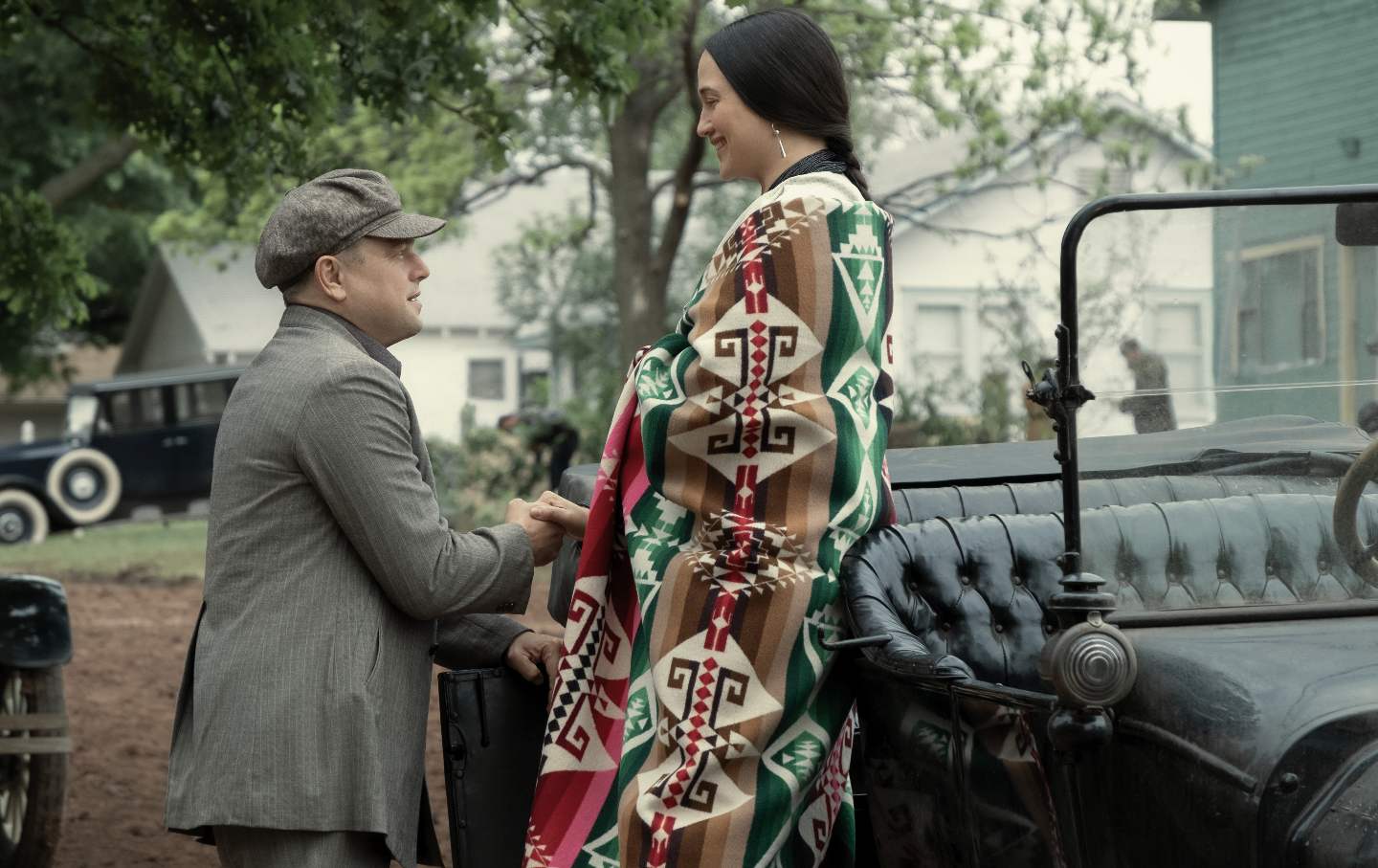
Martin Scorsese may not be as inveterate an interloper as his hero Alfred Hitchcock, but he does occasionally like to make a cameo in his movies. In a brief but memorably upsetting scene in Taxi Driver (1976), Scorsese appeared as a cab passenger enraged at the fact that his wife is having an affair with a Black man (whom the passenger describes with the n-word). Seething with nervous fury, the passenger tells cab driver Travis Bickle (Robert De Niro), “I’m gonna kill her with a .44 Magnum pistol.… You ever see what a .44 Magnum pistol can do to a woman’s face? I mean, it’d fucking destroy it. Just blow it right apart.” The passenger then goes on to fantasizing destroying even more intimate parts of his wife’s body.
The nameless passenger is of course a twisted doppelgänger for the film’s protagonist, Bickle. The eponymous taxi driver is also an angry white man filled with racist and misogynist grievances. He is always slightly but perceptibly on edge around Black people and is full of chivalric visions of rescuing women—dreams that fuel the film’s murderous climax.
Although in his long career Martin Scorsese has been much lauded, one particular achievement that hasn’t been noticed enough: Among storytellers of any media, he’s unrivaled as a creator of hideous boyfriends and husbands. Consider a partial roll call: J.R. (Harvey Keitel) in Who’s That Knocking at My Door (1967), who rejects his girlfriend as tarnished goods on discovering that she had been raped; Travis Bickle in Taxi Driver, a stalker, who, among other things, takes a date to a porn theater; Jimmy Doyle (Robert De Niro) in New York, New York (1977), a clingy manic musician who can’t handle the popular success of his torch-singer wife, Francine Evans (Liza Minnelli); Jake LaMotta (again, De Niro) in Raging Bull (1980), a bigoted boxer who inflicts punishing violence not just on his opponents in the ring but also on his first wife. This roll call only draws from the first 13 years of Scorsese’s filmography and could be extended to more recent fare such as The Wolf of Wall Street (2013) and The Irishman (2019).
Writing in National Review, Armond White—a once-talented critic who has dissipated into a one-note culture-war scold—complained that all Scorsese’s latest film “has going for it is the woke idea that America’s white men are spiritually sick.” White thinks that going woke is a new and pernicious development in Scorsese’s filmmaking—but in truth Scorsese has always been an acute diagnostician of what we now call “toxic masculinity.” He’s always been alert to the way sexism and racism pervade and define small male conspiratorial gangs—whether of criminals or Wall Street hucksters—that are so often the focus of his narrative interest.
Prior to Killers of the Flower Moon, Scorsese has always foregrounded sexism while giving attention to racism, although he persistently makes sharp and subtle observations of how both of them permeate the social milieus he portrays. In Mean Streets (1973), Charlie Cappa (Harvey Keitel) is attracted to a Black dancer but shies away from courting her for fear of angering his white friends. In 1976 in Film Comment, Manny Farber (former film critic for The Nation) and Patricia Peterson accurately described Bickle as “a psychotic, racist nobody.” In Raging Bull, LaMotta and his boxing cronies freely throw the Italian slur “moulanyan” (eggplant) at Blacks. In Goodfellas (1990), the easily enraged Tommy DeVito (Joe Pesci) goes twitchy at the thought of his white girl friend’s being attracted to Sammy Davis Jr.
These snapshots of racism, while sensitive and suggestive, now seem like mere epigrams to the comprehensive and systematic study of white supremacy in Killers of the Flower Moon. The film, based on David Grann’s 2017 nonfiction book of the same name, recounts the story of a murder spree in 1920s Oklahoma when white settlers preyed on the oil-rich indigenous Osage nation.
What makes the movie a culmination of Scorsese’s career is that the criminals who want to steal the Osage’s patrimony use not just murder but also marriage as a weapon. The film focuses on William King Hale (Robert DeNiro), a wealthy rancher, a patriarch admired by whites and Osage alike as a seigneur—a king in social status as well as name. Hale concocts a scheme to get the white men in his family, notably his simpleton nephew Ernest Burkhart (Leonardo DiCaprio), to marry Osage women. Hale’s scheme is to gather up the oil rights to his white family by systematically slaughtering Osage women (and, along the way, also killing anyone else who stands to uncover the plot).
The movie is a study of the intertwining of racism and domestic violence—a potent theme because one of the most powerful guises of racism is as paternalism, with whites casting themselves as the benevolent and protective heads of the human family, the natural guardians of the lesser races. As the historians Eugene Genovese and Elizabeth Fox-Genovese showed, this type of paternalism was central to the ideology of slavery. A striking manifestation of this ideology can be seen in the life of Thomas Jefferson, the founding father who fathered a family that included his enslaved concubine as well as enslaved children born of that relationship.
Hale and Burkhart are evil men, but Scorsese is never content with simple moral condemnation. As a filmmaker, he’s interested in how evil flourishes in the world, how evil men can live with themselves, the self-justifications and social systems that are integral to the workings of evil.
In the case of Hale and Burkhart, the evil of racism is intimately woven with patriarchy. Hale presents himself as a benevolent ruler. He’s no crude Klansman—although that type of racist also exists in his community—but rather a smiling philanthropist. He knows the Osage language, has befriended them, and sits in their tribal councils. He says he wants what’s best for them. And if they happen to be, as he claims, a dying people, perhaps the greatest kindness is to quicken their inevitable extinction. The true evil of Hale is that he thinks he’s acting out of love.
The fact that Hale’s sinister worldview, embodied with Mephistophelian cunning and wickedness by De Niro, is so fully expressed, doesn’t humanize Hale. It makes his cruelty more plausible and condemnable.
If Hale is the manipulator, his thick-headed nephew Ernest is the manipulated. Ernest, whose full doltishness is uncannily brought to life by DiCaprio, fully accepts Hale’s patriarchal dominance, even submitting to a chastising bum-whacking in a Masonic temple. Ernest goes along with Hale’s murderous schemes even when they mean the destruction of those closest to Ernest.
Like Hale, Ernest combines wickedness with a delusive idea of love. Scorsese has always excelled at showing how even stupid people have emotional complexity and moral quandaries. Ernest is perhaps the finest example of Scorsese’s investigations into the stupidity of evil.
The emotional core of the movie is the relationship between Ernest and his Osage wife, Mollie Burkhart (Lily Gladstone). Mollie is the third figure in the loyalty triangle between Hale and Ernest. The drama of the film, which justifies its length of more than three hours, is about the ambiguous relationship between Mollie and Ernest. Did Ernest on some level love Molli—or was that simply a self-justification? Mollie’s slow awakening to the nature of her marriage and Ernest’s belated and inadequate recognition of his transgression are the movie’s central narrative. Of Gladstone’s performance, all that can be said is that even in a movie with De Niro and DiCaprio, she is the true star and continually holds the audience’s attention with her stately moral grace.
Popular
“swipe left below to view more authors”Swipe →How one judges Killers of the Flower Moon depends on how plausible one finds the depiction of the relationship between Mollie and Ernest. I personally felt it to be wholly convincing on one of the toughest of human realities: the emotional bonds that sometimes unites the abused with their abusers. Hale and Ernest aren’t the only villains in Killers of the Flower Moon. The Osage murders were a communal atrocity as much as the 1921 Tulsa massacre, which is also briefly portrayed in the film. The killing of the Osage required the complicity and often active participation of a wide swath of the white population, ranging from the lumpen criminal class to the most respectable pillars of the community.
This all comes together in a terrific scene near the end where, in an attempt to get Ernest to change his testimony, he’s brought into a room with his whole white family and all the town’s leading citizens, all the people who gave him his identity as a white man. Ernest has to face a choice between solidarity with this white community and his Osage wife and children. This is the core betrayal in the movie—a betrayal that brings together racism and patriarchy.
Disobey authoritarians, support The Nation
Over the past year you’ve read Nation writers like Elie Mystal, Kaveh Akbar, John Nichols, Joan Walsh, Bryce Covert, Dave Zirin, Jeet Heer, Michael T. Klare, Katha Pollitt, Amy Littlefield, Gregg Gonsalves, and Sasha Abramsky take on the Trump family’s corruption, set the record straight about Robert F. Kennedy Jr.’s catastrophic Make America Healthy Again movement, survey the fallout and human cost of the DOGE wrecking ball, anticipate the Supreme Court’s dangerous antidemocratic rulings, and amplify successful tactics of resistance on the streets and in Congress.
We publish these stories because when members of our communities are being abducted, household debt is climbing, and AI data centers are causing water and electricity shortages, we have a duty as journalists to do all we can to inform the public.
In 2026, our aim is to do more than ever before—but we need your support to make that happen.
Through December 31, a generous donor will match all donations up to $75,000. That means that your contribution will be doubled, dollar for dollar. If we hit the full match, we’ll be starting 2026 with $150,000 to invest in the stories that impact real people’s lives—the kinds of stories that billionaire-owned, corporate-backed outlets aren’t covering.
With your support, our team will publish major stories that the president and his allies won’t want you to read. We’ll cover the emerging military-tech industrial complex and matters of war, peace, and surveillance, as well as the affordability crisis, hunger, housing, healthcare, the environment, attacks on reproductive rights, and much more. At the same time, we’ll imagine alternatives to Trumpian rule and uplift efforts to create a better world, here and now.
While your gift has twice the impact, I’m asking you to support The Nation with a donation today. You’ll empower the journalists, editors, and fact-checkers best equipped to hold this authoritarian administration to account.
I hope you won’t miss this moment—donate to The Nation today.
Onward,
Katrina vanden Heuvel
Editor and publisher, The Nation
More from
Jeet Heer 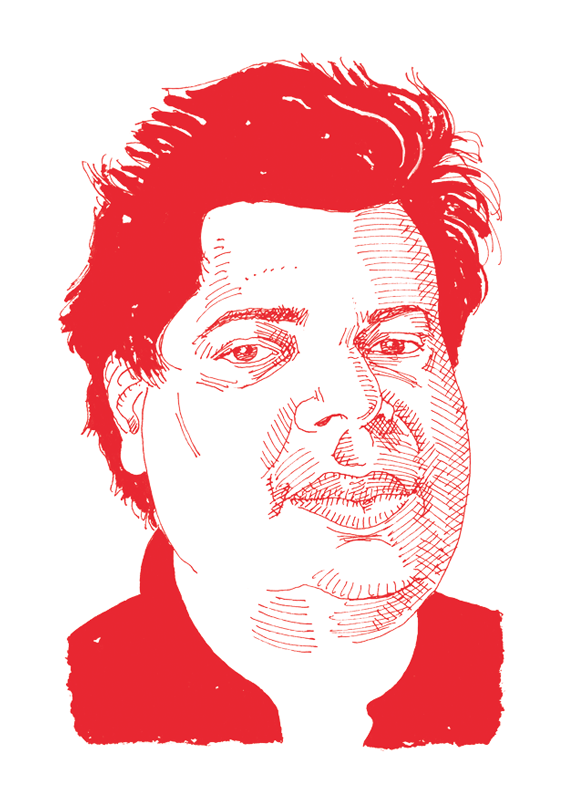
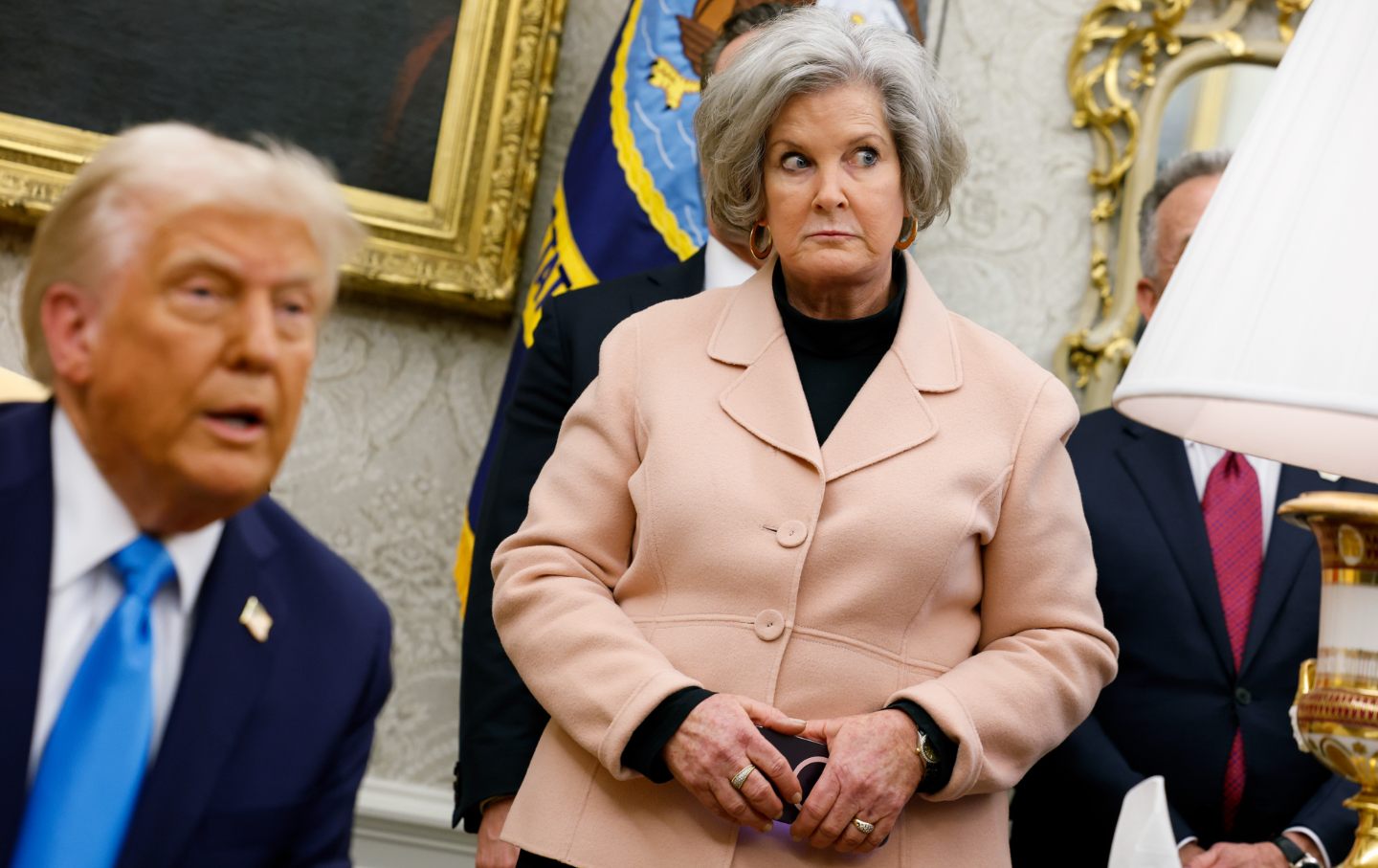
The Shocking Confessions of Susie Wiles The Shocking Confessions of Susie Wiles
Trump’s chief of staff admits he’s lying about Venezuela—and a lot of other things.
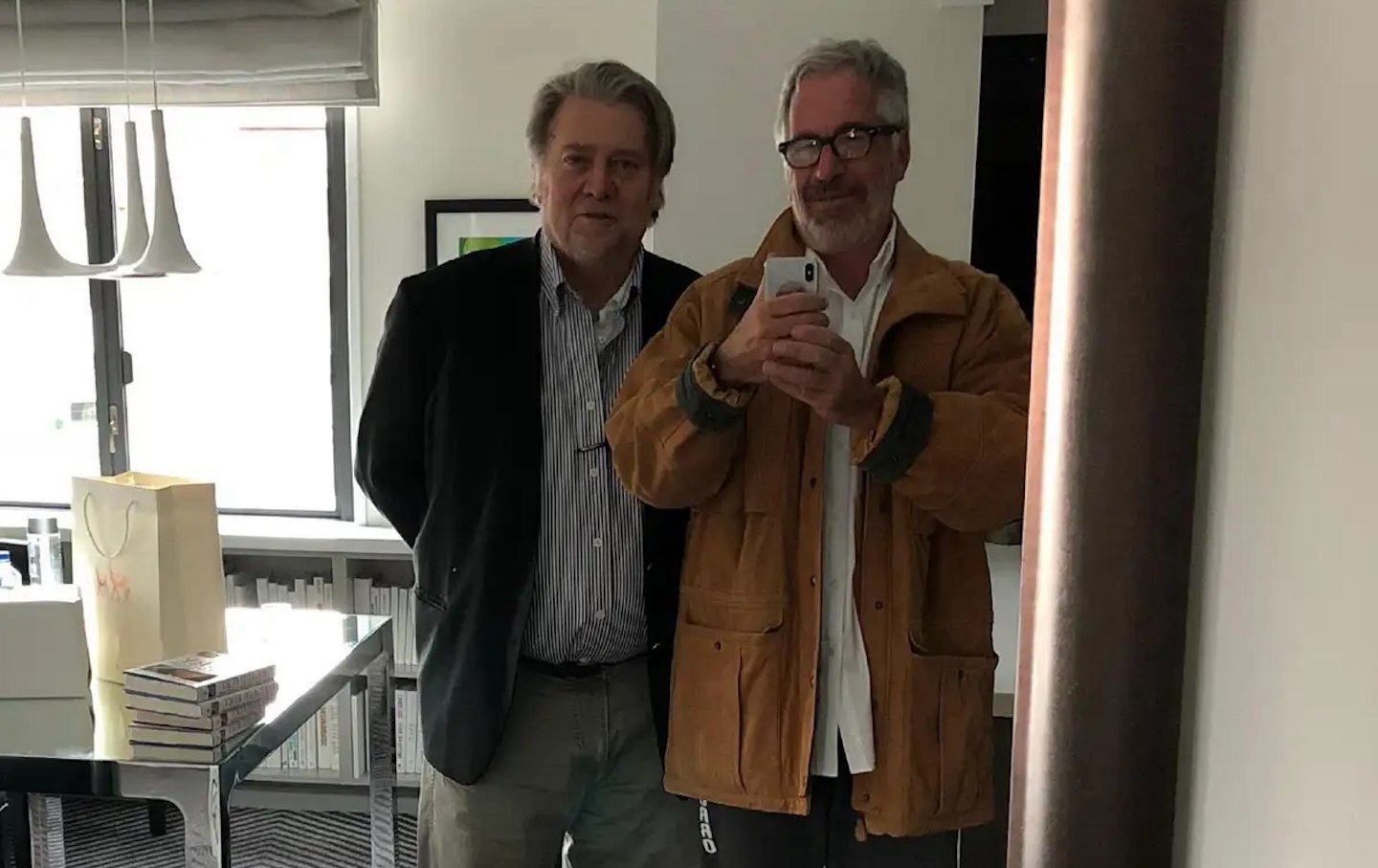
Why Epstein’s Links to the CIA Are So Important Why Epstein’s Links to the CIA Are So Important
We won’t know the full truth about his crimes until the extent of his ties to US intelligence are clear.
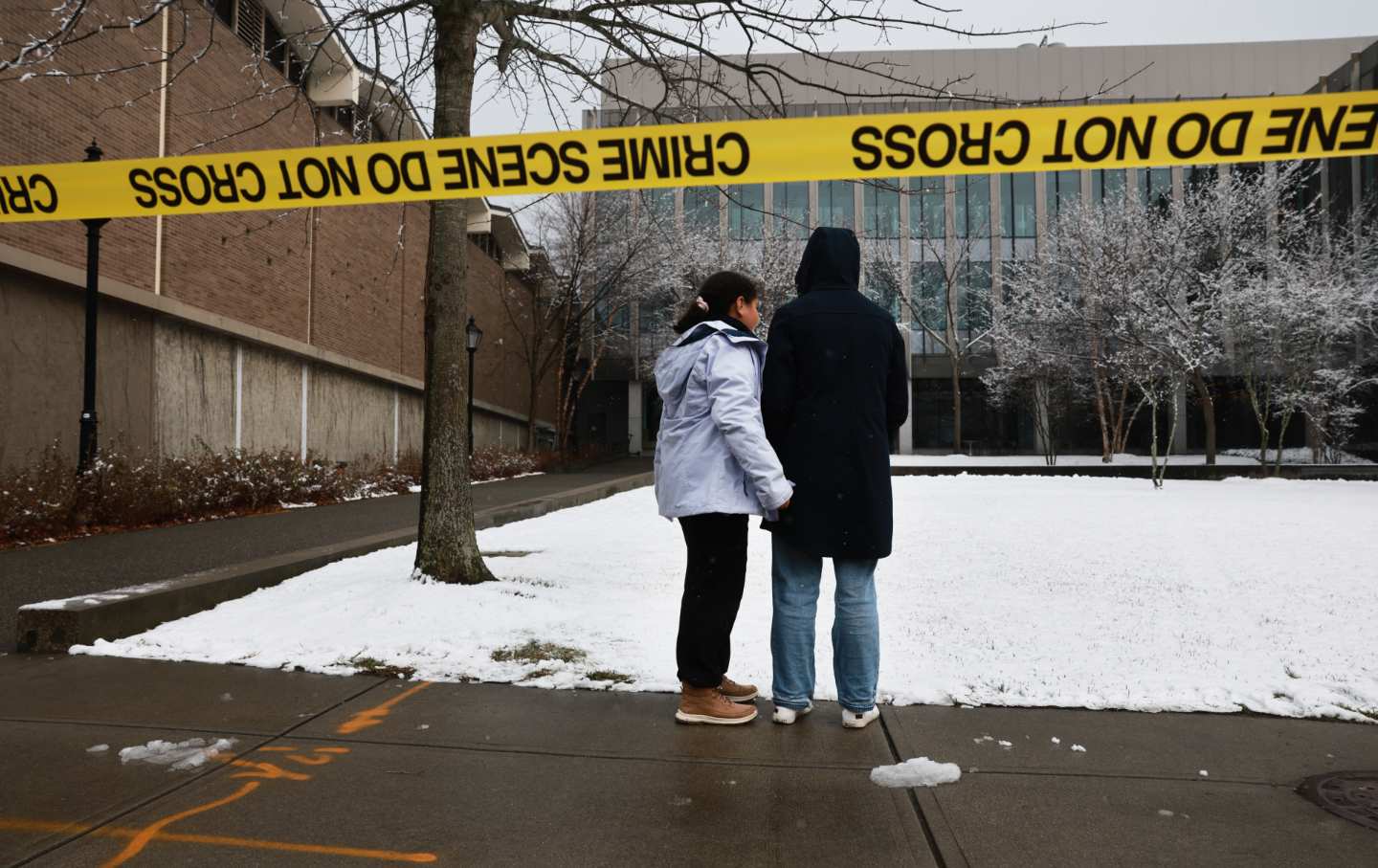
In America, Mass Shooting Survivors Can Never Know Peace In America, Mass Shooting Survivors Can Never Know Peace
A growing number of US residents have lived through more than one massacre.
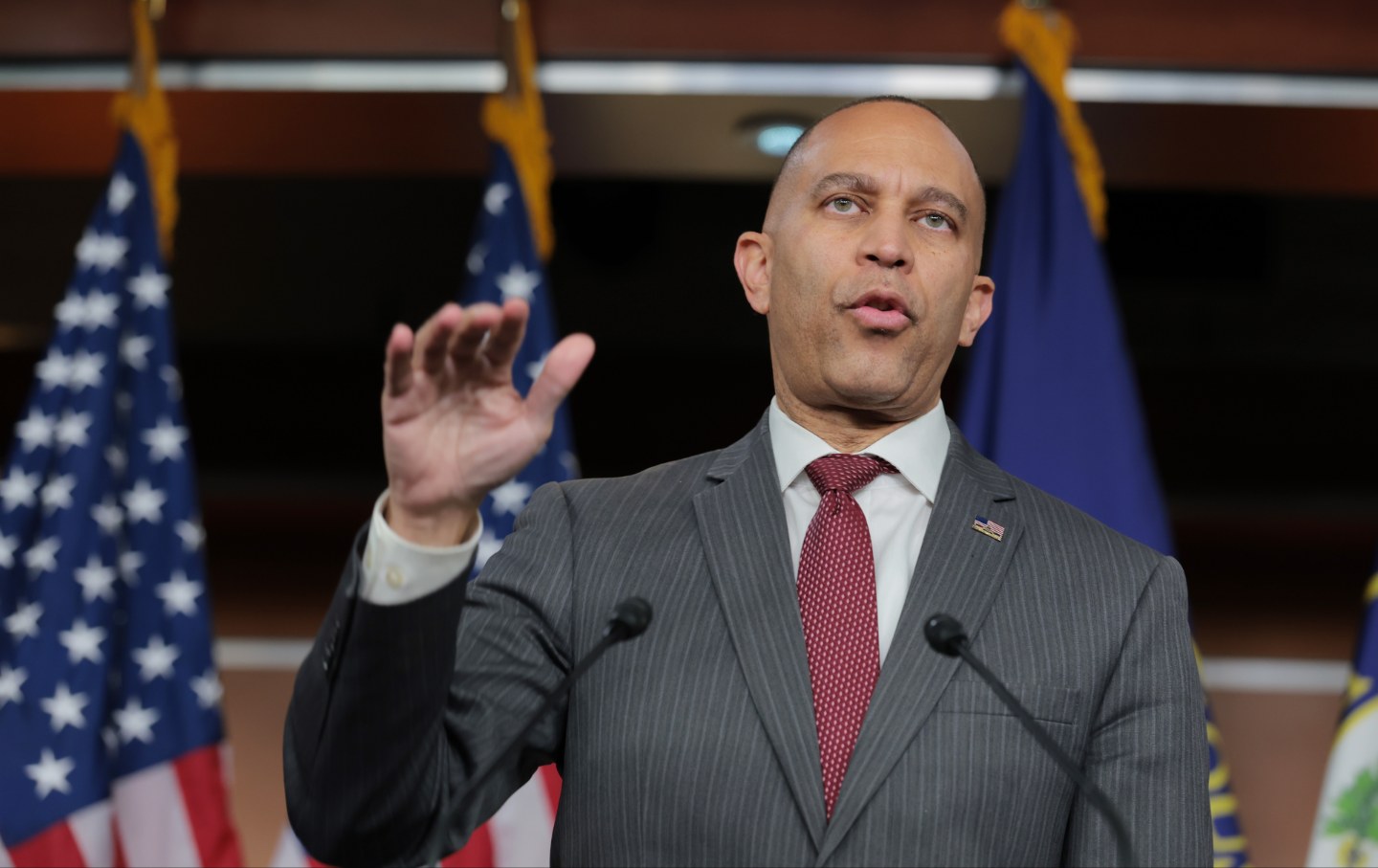
Corporate Democrats Are Foolishly Surrendering the AI Fight Corporate Democrats Are Foolishly Surrendering the AI Fight
Voters want the party to get tough on the industry. But Democratic leaders are following the money instead.
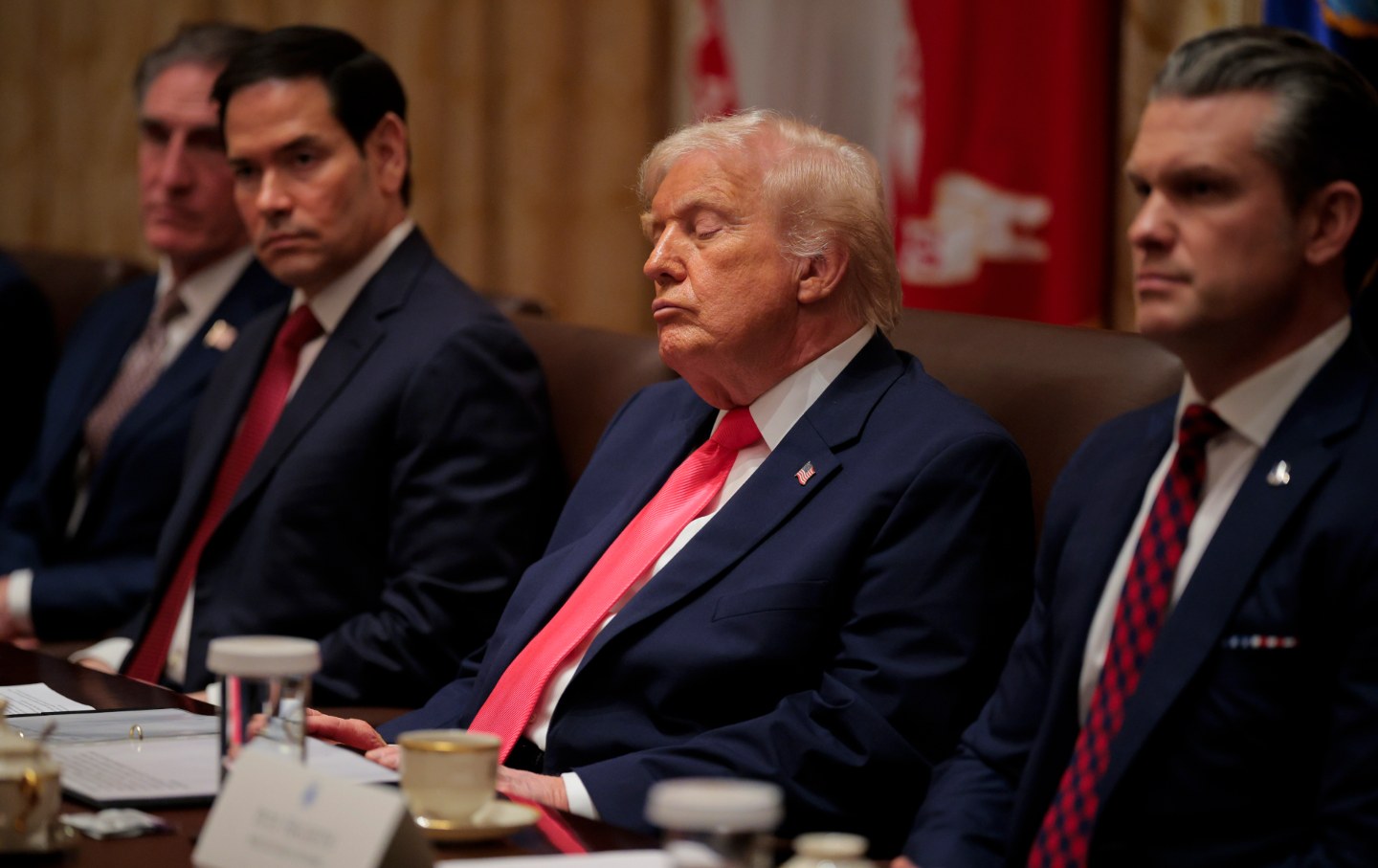
Sleepy Donald Snoozes, America Loses Sleepy Donald Snoozes, America Loses
It’s bedtime for Bozo—and you're paying the price.
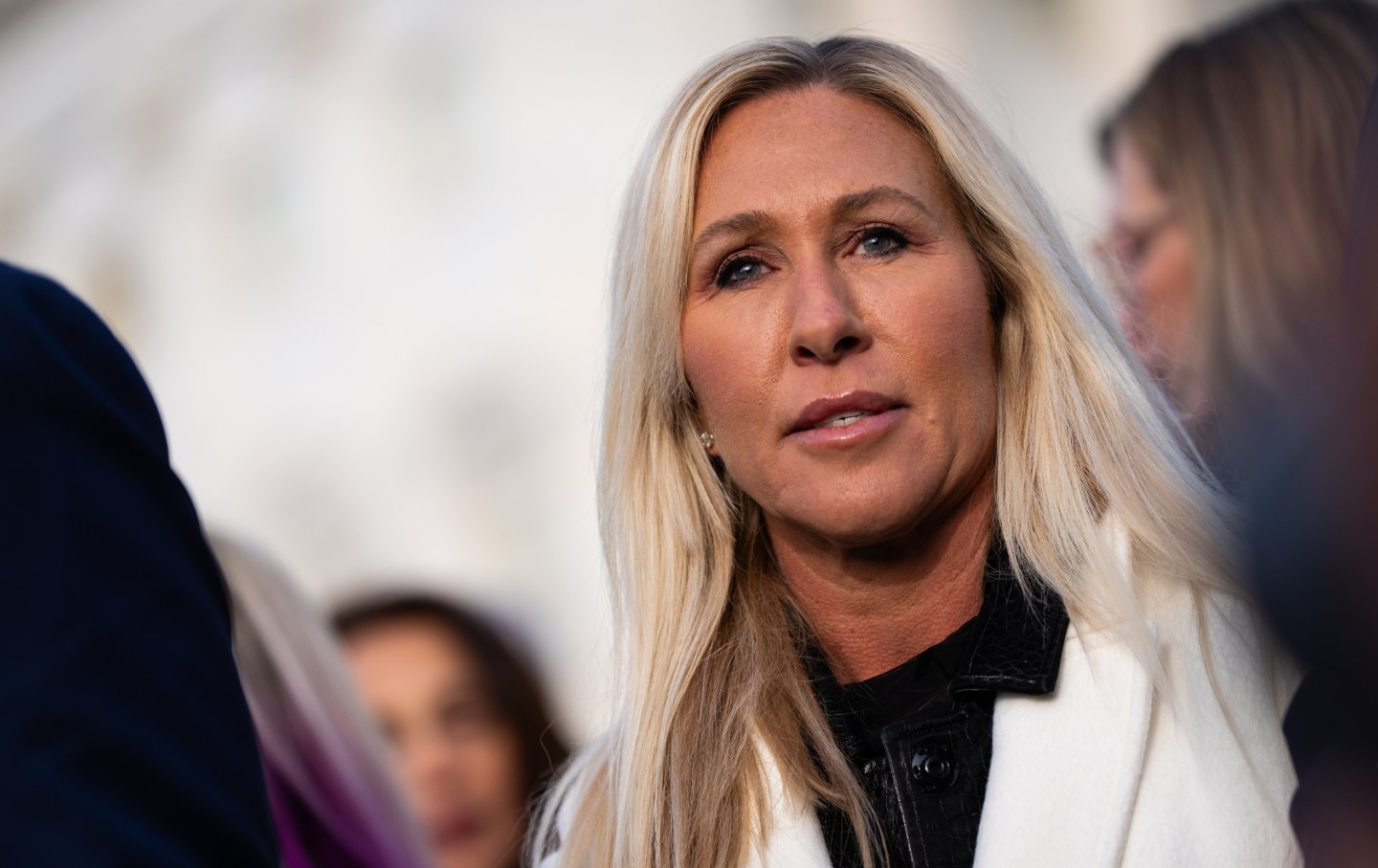
The Revolt of the Republican Women The Revolt of the Republican Women
Speaker Mike Johnson’s sexism is fueling an unexpected uprising within the GOP caucus.


